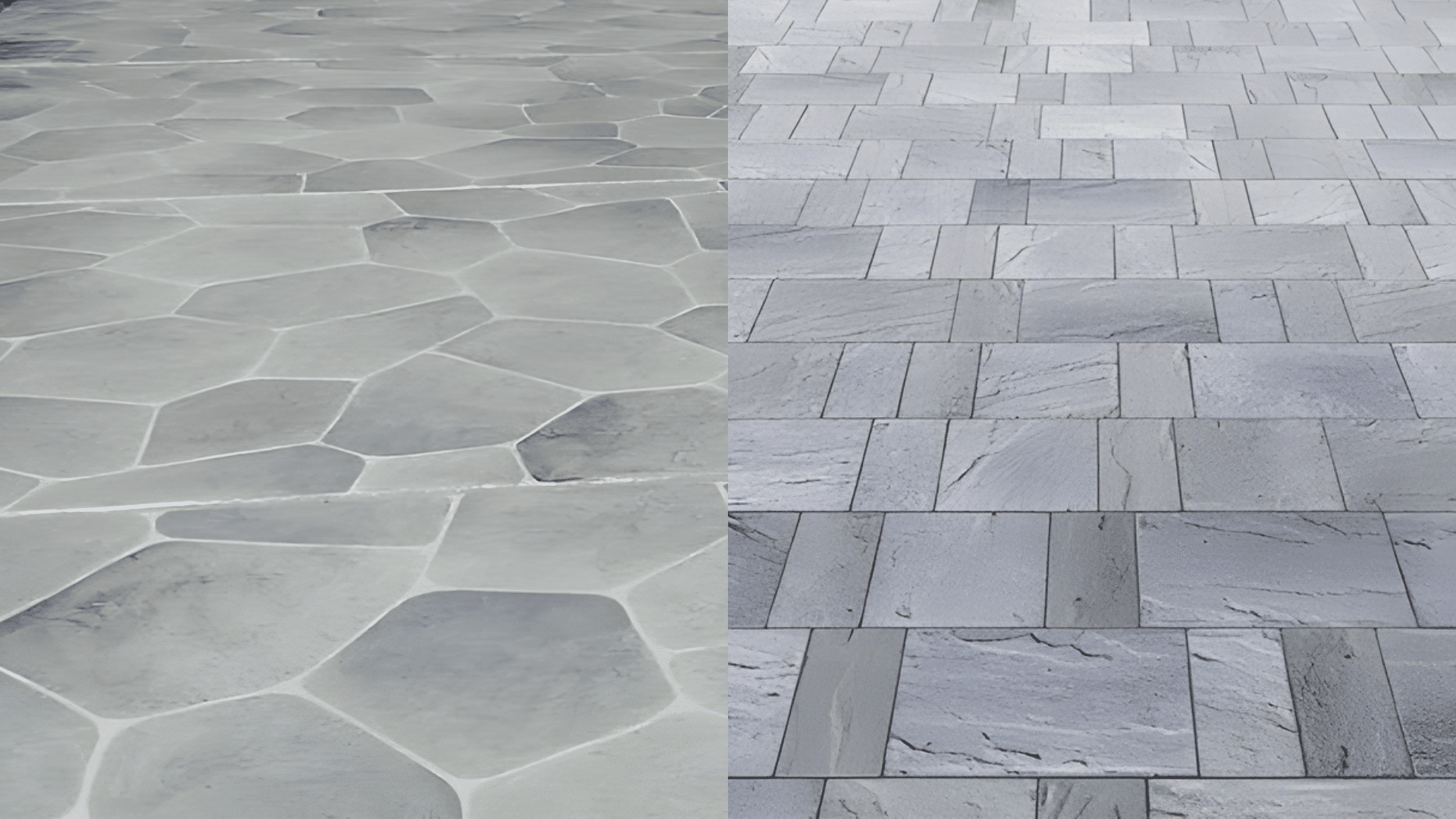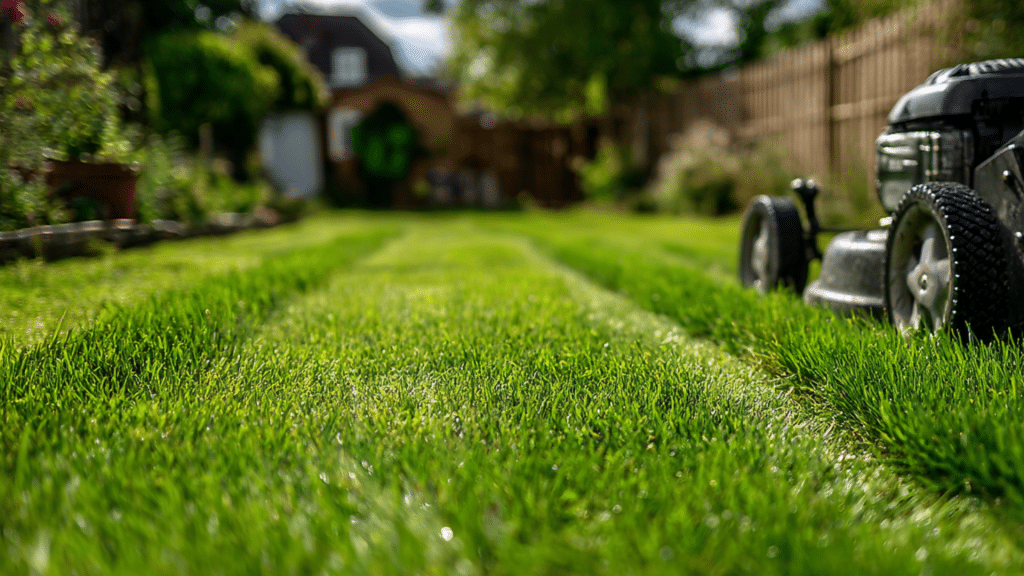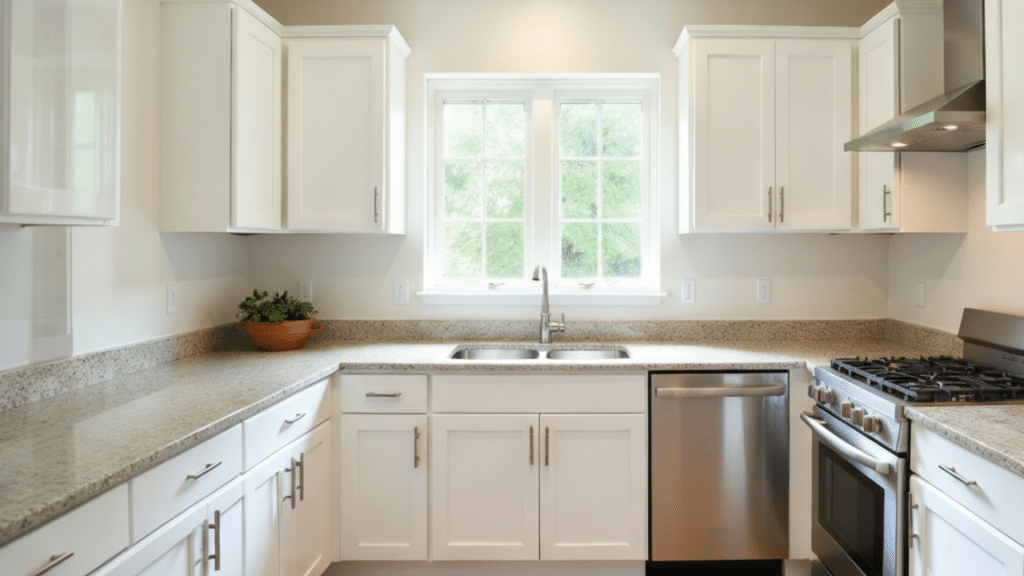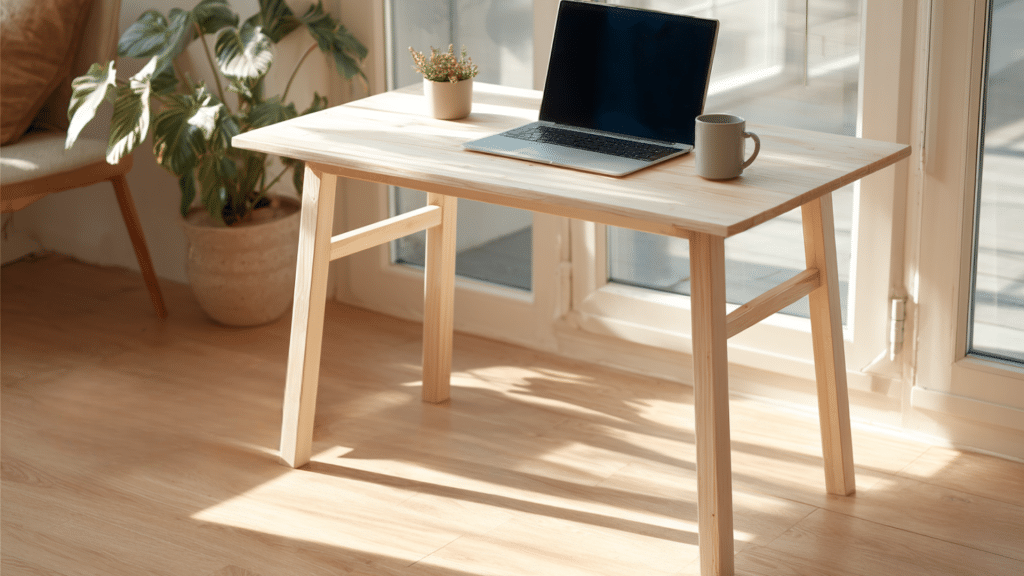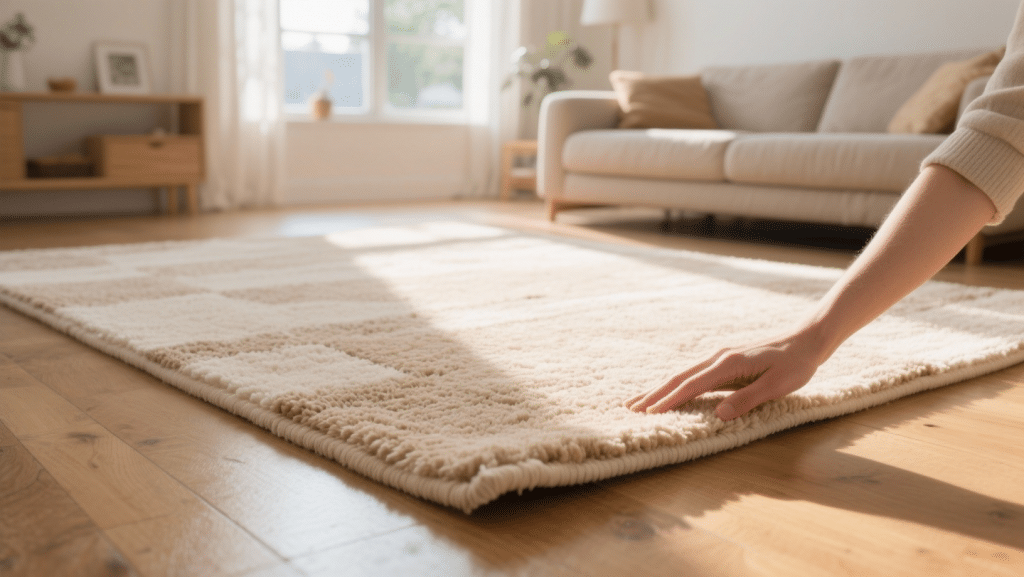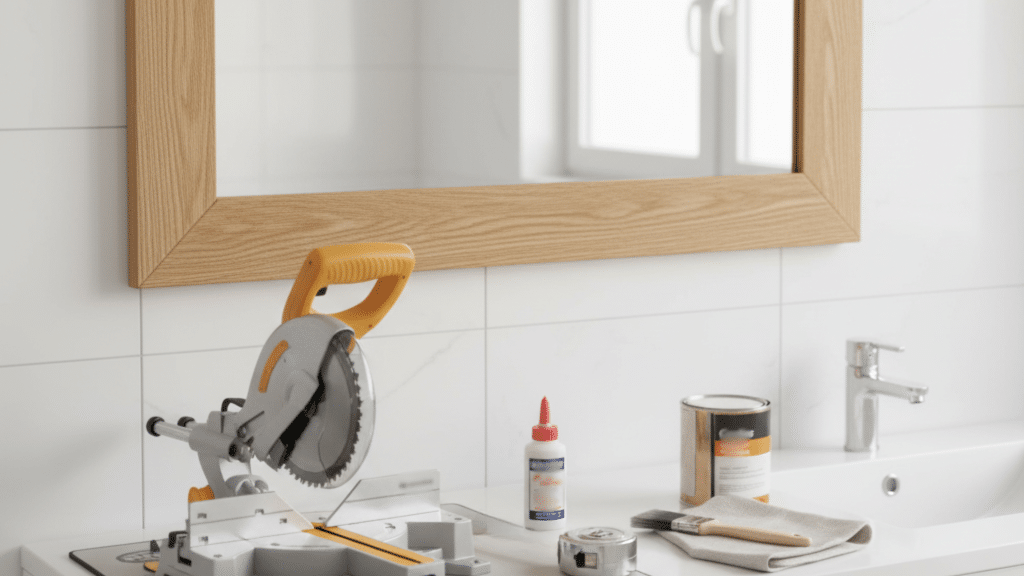Outdoor renovations can drain a bank account fast. People face tough choices when picking between stamped concrete and pavers.
The price tags look different at first glance. Stamped concrete seems cheaper upfront.
But pavers might save money over time. Or will they? The real answer depends on several factors that most people don’t consider.
Here you will find the answer to – is stamped concrete cheaper than pavers?
It shows initial costs, installation differences, and maintenance needs. Readers will understand which option truly costs less for their specific situation.
What is Stamped Concrete?
Stamped concrete is poured concrete that gets textured and patterned before it fully hardens.
Contractors press molds into the wet surface to create designs that mimic brick, stone, slate, or wood.
Color gets added through stains or dyes mixed directly into the concrete. The process creates a continuous surface with decorative patterns at a lower cost than real stone or pavers.
Pros and Cons
| Pros | Cons |
|---|---|
| Smooth, continuous surface | Requires resealing every 2-3 years |
| No joints or gaps for weeds | Shows stains more prominently |
| Suitable for large area coverage | Cannot replace individual sections |
| Color is integrated throughout the material | Poor performance in freeze-thaw climates |
| Can mimic expensive materials affordably | Requires a skilled contractor for quality results |
| Durable for moderate traffic areas | Slippery when wet or icy |
What are Pavers?
Pavers are individual pieces of concrete, brick, or natural stone used to create outdoor surfaces.
Each unit gets placed on a prepared base of sand and gravel.
They interlock or fit together with small gaps filled with sand. Pavers come in various shapes, sizes, colors, and materials.
Their modular design allows for custom patterns and easy replacement of damaged pieces.
Pros and Cons
| Pros | Cons |
|---|---|
| Easy to replace individual pieces | Longer installation time required |
| Excellent freeze-thaw resistance | Weeds grow between joints |
| Adds higher resale value | Individual pieces may shift or move |
| Can be reused if relocated | More joints require maintenance |
| More design and pattern flexibility | Higher labor costs for installation |
| Immediate use after installation | Requires edge restraints to stay in place |
| Better traction in wet conditions | The initial investment is significantly higher |
Explained: Is Stamped Concrete Cheaper than Pavers?
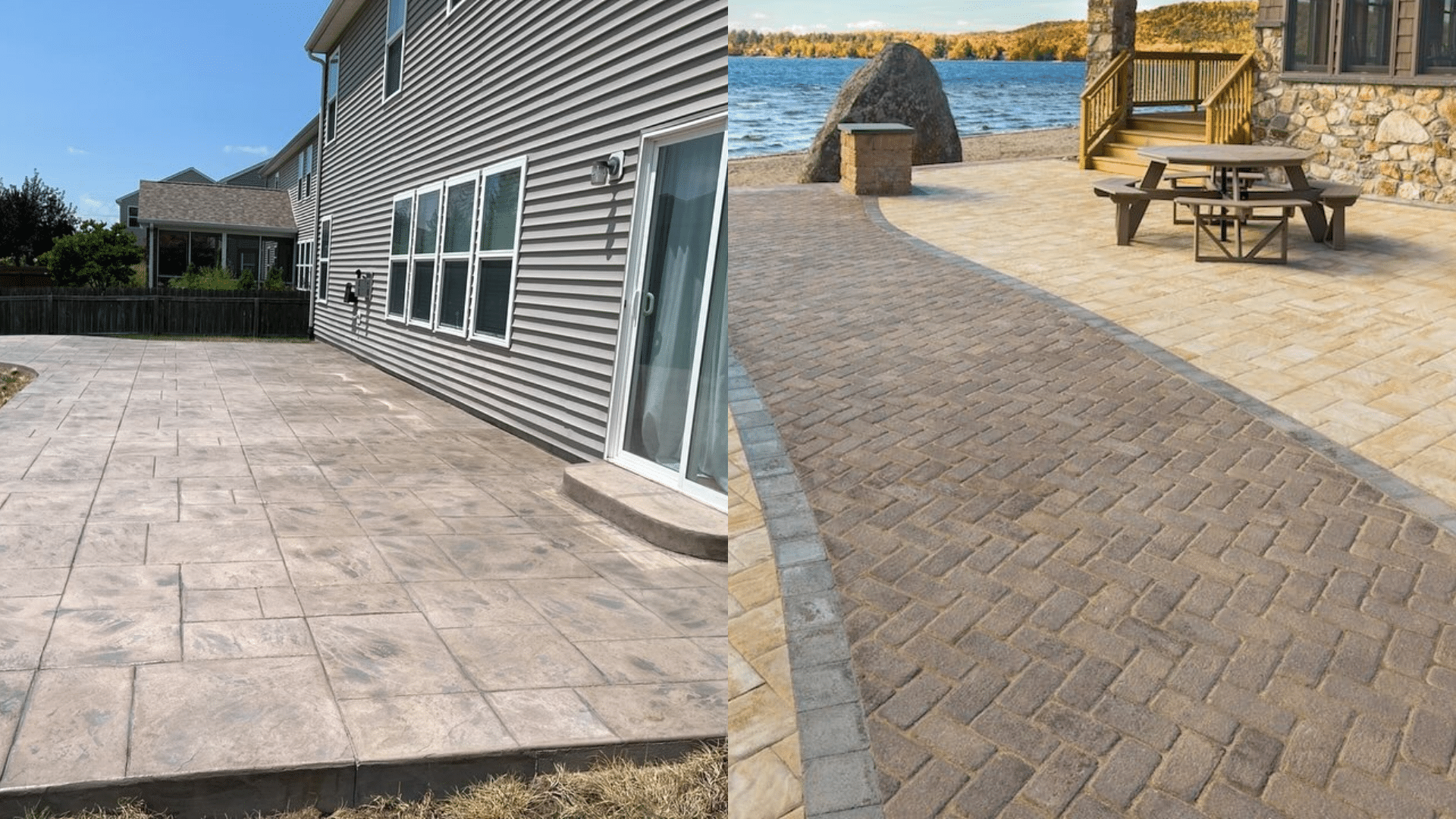
Yes, stamped concrete costs significantly less than pavers for initial installation. People typically pay $8 to $16 per square foot for stamped concrete compared to $15 to $40 per square foot for pavers.
That’s a savings of 40% to 60% upfront. A standard 300-square-foot patio costs $2,400 to $4,800 in concrete versus $4,500 to $12,000 in pavers.
However, long-term costs shift this calculation. Stamped concrete requires more expensive repairs and complete replacement after 20 to 25 years.
Pavers last twice as long and allow affordable fixes by replacing individual pieces. The cheaper option depends on whether immediate savings or lifetime value matters more
Key Factors that Might Influence Your Choice
The following are the key factors that will help you decide between stamped concrete vs pavers.
1. Climate and Weather Conditions
Local weather patterns affect how both materials perform over time. Freeze-thaw cycles crack stamped concrete faster, while pavers handle temperature changes better.
Pavers’ individual pieces expand and contract independently without causing major structural damage to the entire surface area.
2. Maintenance Requirements
Stamped concrete needs resealing every two to three years to maintain its appearance and protection.
Pavers require less frequent sealing but need occasional releveling and joint sand replacement. The time commitment differs, but both materials demand regular attention from people.
3. Repair and Replacement Ease
Fixing cracked stamped concrete means patching large sections, and color matching becomes difficult. Pavers allow people to replace individual damaged pieces without disturbing the surrounding areas.
This difference matters significantly when accidents happen or heavy objects cause damage to the surface.
4. Design Flexibility and Patterns
Stamped concrete mimics various patterns like brick, stone, or tile in one continuous pour. Pavers offer actual texture and depth with countless arrangement possibilities.
People can create custom designs with pavers by mixing colors and shapes, something concrete stamping cannot replicate.
5. Installation Time and Disruption
Concrete installation takes less time initially but requires several days of curing before use. Pavers take longer to install because each piece gets placed individually.
The surface of Pavers becomes usable immediately after completion. Project timelines vary based on weather and contractor availability.
6. Property Value Impact
Both materials add value to homes, but pavers typically command higher resale returns. Buyers perceive pavers as premium upgrades because of their durability and visual appeal.
The initial investment often pays off during home sales, especially in competitive real estate markets.
7. Longevity and Durability
Pavers last up to fifty years with proper care, while stamped concrete typically survives twenty to twenty-five years.
The lifespan difference means people might need to replace concrete twice during the time pavers continue performing well, affecting long-term costs significantly.
8. Drainage and Water Management
Permeable pavers allow water to flow between joints, reducing runoff and preventing puddles. Stamped concrete creates solid surfaces that require proper grading and drainage systems.
Local regulations sometimes mandate permeable surfaces, making pavers the only viable option for certain projects
Cost Differentiation
The price difference between stamped concrete and pavers can make or break a backyard renovation budget. People often assume one option costs less without checking the real numbers.
| Cost Factor | Stamped Concrete | Pavers | Notes |
| Material Cost (/sq ft) | $3 – $6 (usually $8-$19) | $8 – $25 | Pavers cost 2-4x times more material |
| Labor Cost (/sq ft) | $5 – $10 | $7 – $15 | Paver labor runs higher |
| Total Installation (/sq ft) | $8 – $16 | $15 – $40 | Concrete saves 40-60% upfront |
| Average 300 sq ft Patio | $2,400 – $4,800 | $4,500 – $12,000 | User’s ranges matched |
| Average 500 sq ft Driveway | $4,000 – $8,000 | $7,500 – $20,000 | User’s ranges matched |
| Sealing (every 2-3 years) | $150 – $400 | $200 – $500 | Similar maintenance |
| Repair Costs | $400 – $1,200 | $100 – $400 | Concrete repairs cost more |
| Lifespan | 20 – 25 years | 25 – 50 years | Pavers last twice as long |
| Replacement Cost (20 years) | Full replacement needed | Individual paver replacement | Major long-term difference |
Which One to Go For?
Choose stamped concrete for tight budgets and large projects where upfront savings matter most. It works well in mild climates without harsh freeze-thaw cycles.
Select pavers when long-term value and durability take priority over initial costs. They perform better in cold regions and high-traffic areas.
People planning to stay long-term benefit more from pavers’ extended lifespan. Those selling within five to ten years might prefer concrete’s lower investment.
Climate, budget, and timeline determine the best choice for each specific situation.
Wrapping It Up
The choice between stamped concrete and pavers boils down to priorities.
Stamped concrete delivers immediate cost savings, making it perfect for people working with limited budgets or tackling large surface areas.
Both materials change outdoor spaces beautifully when installed correctly. The right choice depends on budget, climate, and plans.
Take time to evaluate these factors before making this significant investment decision.

